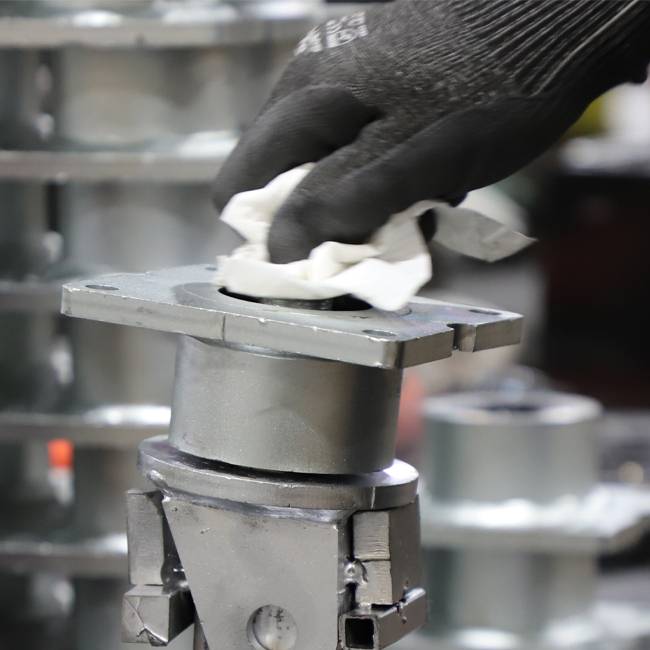

The ability to monetize a facility’s downtime when production is shut down can be a great way to put a dollar amount to the pain a company experiences when handling or delegating repairs.
This pain also grows with replacement part costs incurred whenever equipment breaks down. If the company is smart and they have storage space, they will stock some frequently used replacement parts. So, if a breakdown happens, an onsite maintenance worker can start the repairs as soon as possible.
However, not every company has a maintenance worker on site or the funds to stock these parts in house. Now, not only is the company losing money due to halting production, but they also may be spending money on replacement parts that they don’t have on hand. And in some cases, like at a facility that I used to work at, there may not be a dedicated maintenance technician.
That means scheduling a maintenance technician to come in. And this can add on extra days beyond the repair time. The other option for some companies with skilled employees is to have those employees do the repairs themselves. The downside is you’ve taken employees from their regular job to do repairs. This can result in a situation that costs the company more due to slowing down production. What we have here is the events from one failure can have a snowball effect that may cost a company tens of thousands of dollars in time and repair.
An example of this happened to a small business owner who called me with an issue he was having with casters breaking off weekly. This was happening when he was moving his trailers over rough concrete filled with 3/4″ deep potholes. The $25 generic casters he was using were not designed to withstand this daily abuse. On further discussion, he told me that he spends about $1,400 yearly on replacement parts. Since he does the repairs himself, any time he spends on caster replacement is time that he is not spending on production.
We discussed some solutions he had already tried, such as a polyurethane wheel. In his experience, the polyurethane would bust off the cast iron of the wheel and that wouldn’t solve his issue. We soon solved the problem by using a mold-on-rubber wheel. This wheel would last him well over a year and cost him less than the costs of replacement parts and downtime combined.
Being able to monetize the value of downtime and replacement parts over a period of time is a great way to find a satisfactory price point for customers while narrowing down your options to determine the most cost-effective solution.